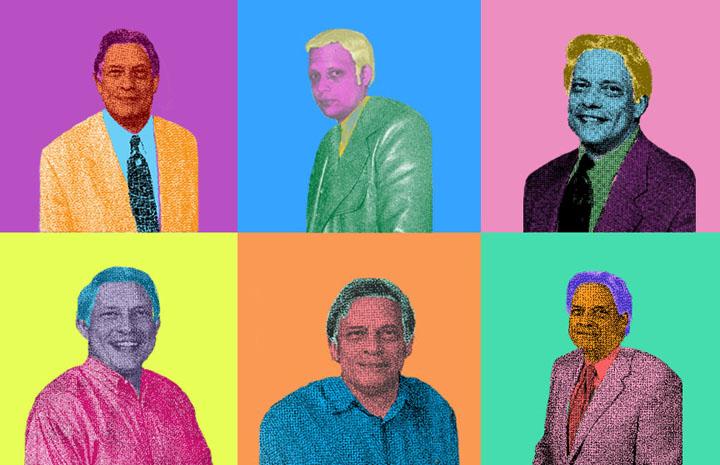
When fine arts chair Ed Long first came to Hockaday in 1971, there was not a single computer on campus. There was no copy machine, no email, and the school’s endowment was less than a percent of what it is today.
But as Long completes his fortieth year at Hockaday this year, it is clear that one thing has stayed the same. Even through six heads of school, unprecedented technological change and two recent hip replacements, Long has continually left an indelible mark on students and the school as a whole.
“He’s passionate about everything that he does which not only makes class or orchestra more exciting, but I think it inspires his students to find what they are really passionate about,” says senior orchestra member Sarah. “There aren’t that many teachers out there who do that.”
Long is best known as Hockaday’s renowned History of Art and Music teacher, the one faculty member whom all students have before they graduate. Kee recalls her first impression of him when she took the class as a sophomore.
“I’m pretty sure the first day of HAM class I thought ‘he knows everything,’” she says. According to Long, the number of students he has taught at Hockaday is somewhere around 3,500.
“It’s getting up there,” he says. But he doesn’t see an end to working in the near future. “Some of the trademarks of ‘you’ve been here too long’ don’t seem to apply to me…It’s still fun,” he says. “The moment when I feel that I’ve had too much of Hockaday is when I don’t learn from my students, and it’s not even close.”
Long first came to Hockaday after teaching at a school in Nebraska for two years. The head of school there took the position as head of Hockaday, and he encouraged Long to accompany him to Dallas to teach at the school.
“It’s pretty weird; I’ve had like only one job interview, and that was to the head in Nebraska, and I’m still here,” Long says. “Apparently I’m pretty loyal.”
Responsible for initiating the History of Art and Music requirement, senior projects, senior interviews, the first student government constitution, and the Hockaday orchestra, Long has impacted numerous facets of the school.
Tucker Enthoven ’79 credits Long with instilling in her an appreciation for art.
“He was always very engaging and interesting,” she says. “I was more science, math, and engineering, and he sort of brought out how there is this whole other interesting world and this art side that I should go take advantage of.” Because of Long’s History of Art and Music class, Enthoven took a history of architecture course when she attended Stanford University after Hockaday. His lectures still have an impact.
“I go to museums now and quote Ed Long. I go with my kids and tell them about the Birth of Venus because I can still remember what Ed Long said about it,” Enthoven says.
Long has even more hopes for the future of Hockaday. First and foremost, “I have an immediate hope that we end up with fine arts facilities to match what has been done in other areas of the school,” Long says. Such facilities are a central focus of the current centennial campaign. Long also believes the school would benefit from a film studies course.
“It’s perplexing to me how more schools haven’t moved—not just Hockaday but all schools—more fundamentally to that. It’s clearly the media of our age and it seems to shortchange people not to understand it better,” he says.
Kim Wargo will be the seventh head that Long has worked under. Of each headmaster or headmistress, Long says “they put a personal stamp on an era for which they seem just imminently the right person for that time.” Despite his own years of experience, he is careful not to impart too much advice on Wargo or other newcomers.
“When you start and you are young, people will always tell you ‘well we’ve always done it this way,’ and I have to be very careful not to say that because it’s not fair,” he says.
Though many of his basic teaching principles have stayed the same, technology has changed the way Long communicates to students in the classroom.
“It’s hard for me to remember how I taught then, when I couldn’t copy anything and I didn’t have email,” Long says. “I had to walk down the hall to do anything.”
Next year will be the first year Long will go “all digital.” He will not use slides in History of Art and Music classes, something that he never imagined would be possible when he first started teaching the class.
“But they quit making slide projectors in 2004, so there’s an inevitable kind of change in some cases,” he says.
The lifestyles of students have also changed since Long first came to Hockaday. Students used to have “more time to enjoy most aspects of their life,” he says. “I worry about you because life has lots of pressures and lots of time constraints, and everything happens pretty fast,” he says.
“The cliché would be ‘smell the roses’ but the academic implications of that is [past students] had more time to ruminate on the ideas and to consider what they were learning, though they weren’t half as conscientious [as current students.]”
But regardless of the era, Long touches the lives of those he teaches.
Senior Alex, who has played the violin under Long for four years in the Hockaday orchestra, says she will miss Long’s passionate spirit when she graduates and hopes she “can have another teacher like him in college.”
“I will miss his effortless way of spilling out exorbitant amounts of knowledge,” Alex says. “I think it’s amazing how he can stay all these years, see so much change, have two hip surgeries, and maintain his contagious enthusiasm.”
—Kristy

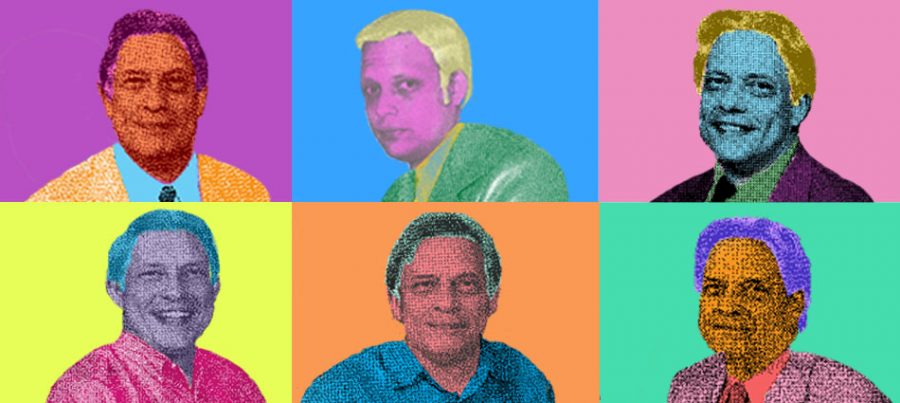
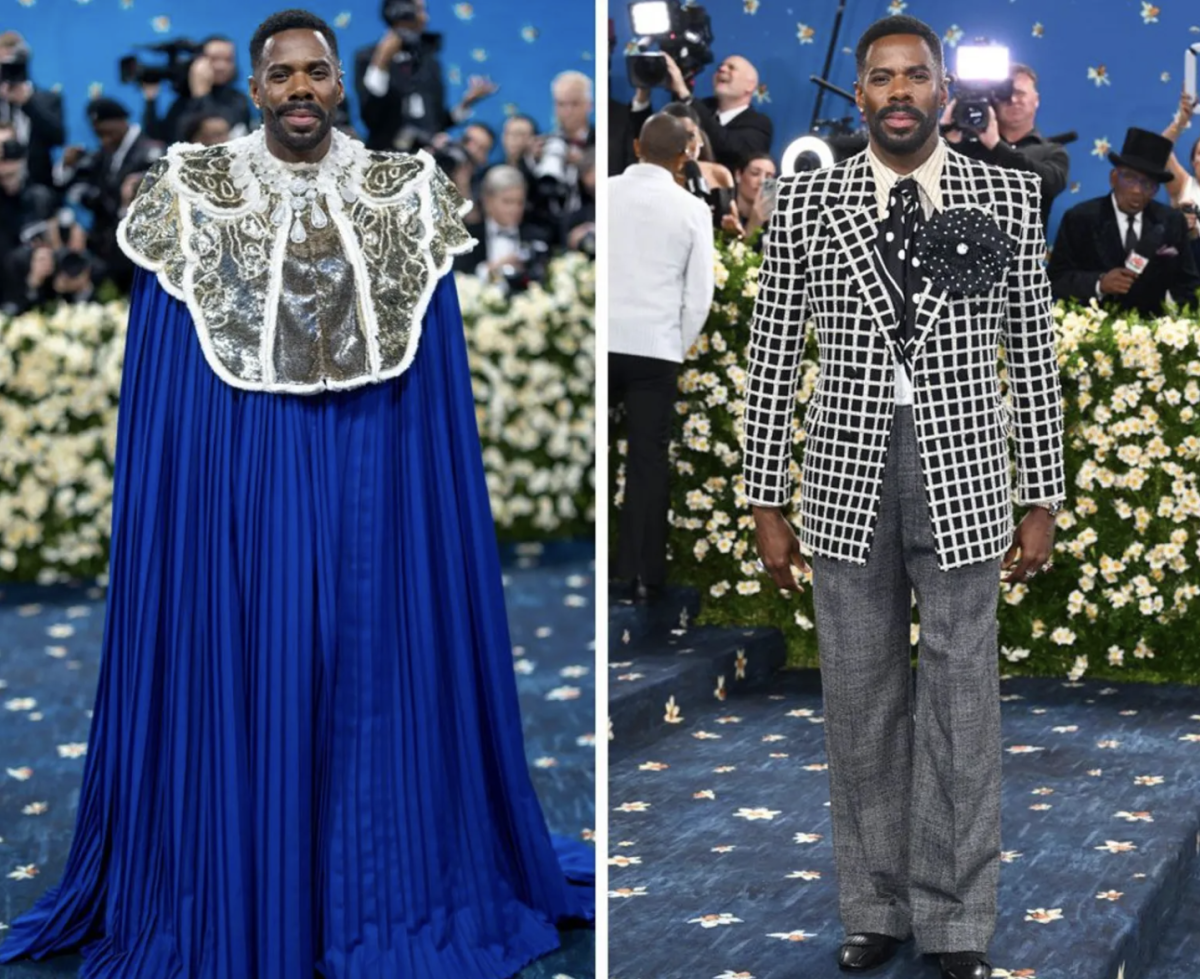
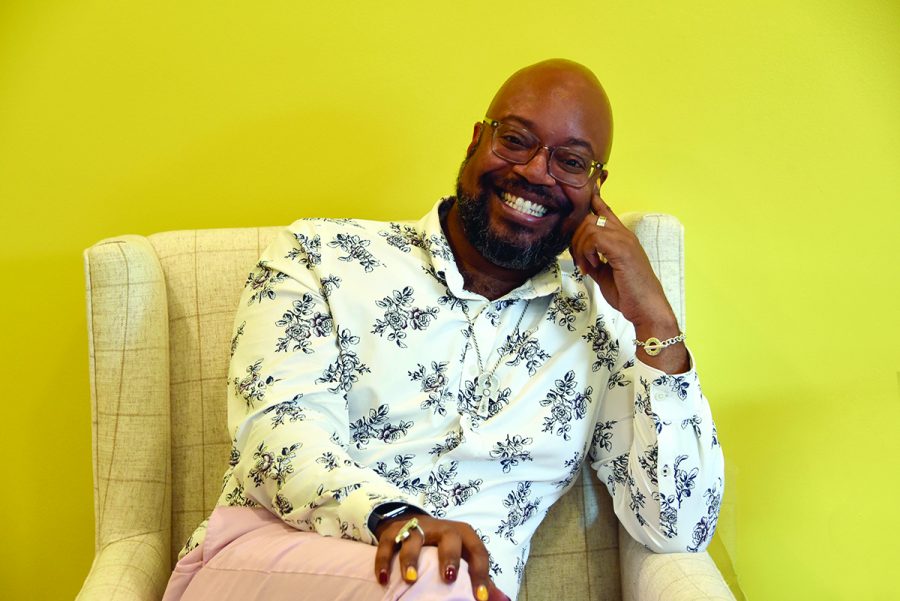
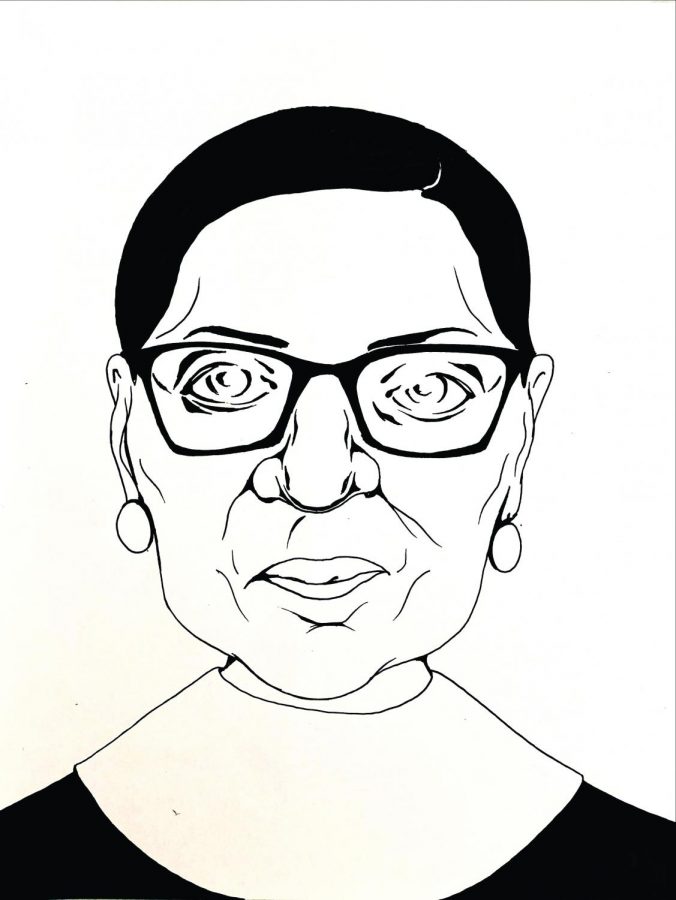


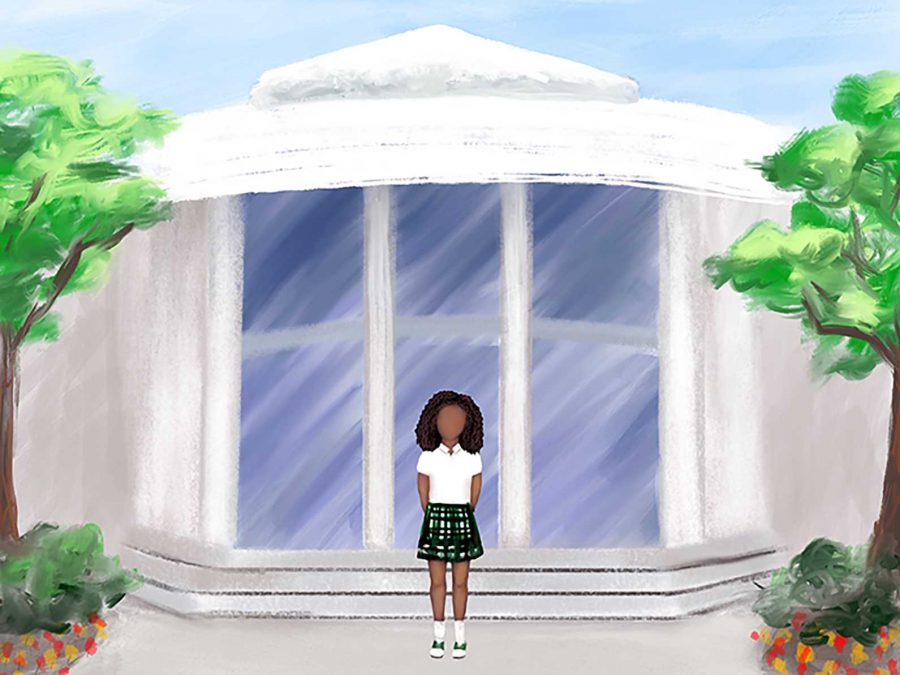

form II
May 25, 2011 at 10:59 pm
This is a great article, very well-written and a wonderful tribute to my very favorite teacher at Hockaday. (I’m a big fan of the Warhol-esque image, too!)